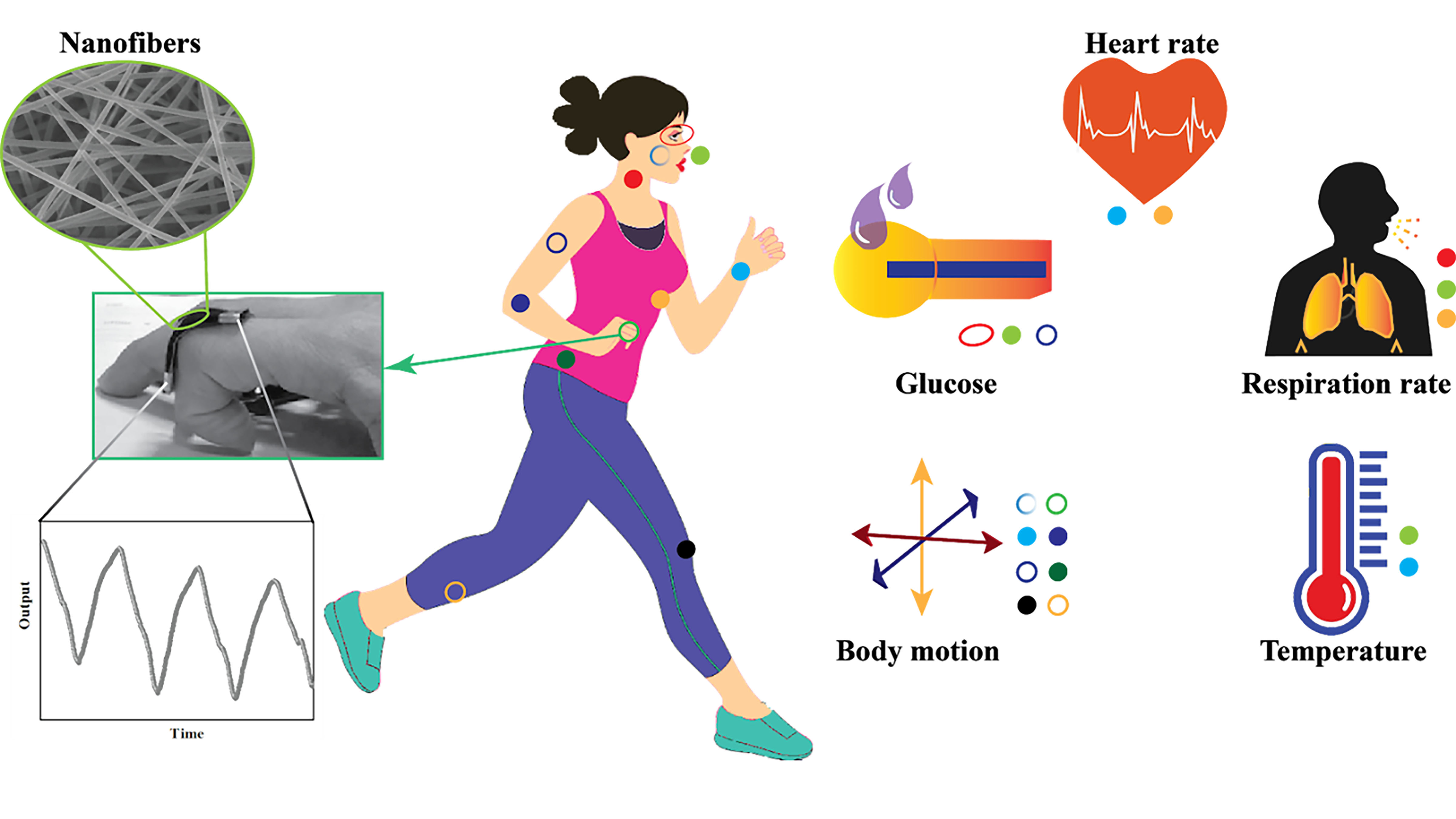The researchers hope this bioinspired detector could someday be used in the field to save lives by aiding in more selective pesticide use and possibly preventing mosquitos from mating.
A presentation of the new research, “A bio-inspired acoustic detector of mosquito sex and species,” will be given by Tim Ziemer, of the University of Bremen, as part of the 179th Meeting of the Acoustical Society of America, held virtually Dec. 7-10. His session will be presented Dec. 7 at 1:10 p.m. Eastern U.S.
Despite not having compound ears like most mammals do, mosquitos have remarkable hearing. They use tiny hairs on their antennae, which feed information to 15,000 nerve fibers, to help them hear and monitor their own position and speed.
To identify other individuals, mosquitos emit sounds even they cannot hear. The antenna hairs and connected organs help them listen to how those sounds distort and combine with the wing beats of other mosquitos in unique ways, depending on that mosquito’s sex and species.
The detector uses the same approach by imitating the lower part of a mosquito’s antenna, which is responsible for transforming the emitted sound into something that can be heard. This allows background noise to be filtered out the way mosquitos do so, which is more effective than with using conventional audio processing techniques.
After the detector transforms the sound, a combination of machine learning and speech recognition tools help differentiate between species and sex.
Ultimately, the detector could be used to identify mosquitos in the field, where they can then be selectively targeted with pesticides. This could reduce the spread of disease, like malaria and dengue fever, as well as limit widespread pesticide usage, which is harmful to the environment. The detector could also be used for individual users to know when potentially disease-carrying mosquitos are nearby.
###
———————– MORE MEETING INFORMATION ———————–
USEFUL LINKS
Main meeting website: https://acousticalsociety.org/overview-ave/
Technical program: https://acousticalsociety.org/technical-program/
Press Room: http://acoustics.org/world-wide-press-room/
WORLDWIDE PRESS ROOM
In the coming weeks, ASA’s Worldwide Press Room will be updated with additional tips on dozens of newsworthy stories and with lay language papers, which are 300-500 word summaries of presentations written by scientists for a general audience and accompanied by photos, audio, and video. You can visit the site during the meeting at http://acoustics.org/world-wide-press-room/.
PRESS REGISTRATION
We will grant free registration to credentialed journalists and professional freelance journalists. If you are a reporter and would like to attend, contact the AIP Media Line at 301-209-3090. For urgent requests, staff at [email protected] can also help with setting up interviews and obtaining images, sound clips or background information.
VIRTUAL MEDIA BRIEFINGS
Press briefings will be held virtually during the conference. Credentialed media can register in advance by emailing [email protected] include your full name and affiliation in the message. The official schedule will be announced as soon as it is available and registered attendees will be provided login information via email.
ABOUT THE ACOUSTICAL SOCIETY OF AMERICA
The Acoustical Society of America (ASA) is the premier international scientific society in acoustics devoted to the science and technology of sound. Its 7,000 members worldwide represent a broad spectrum of the study of acoustics. ASA publications include The Journal of the Acoustical Society of America (the world’s leading journal on acoustics), Acoustics Today magazine, books, and standards on acoustics. The society also holds two major scientific meetings each year. For more information about ASA, visit our website at http://www.acousticalsociety.org.
###



